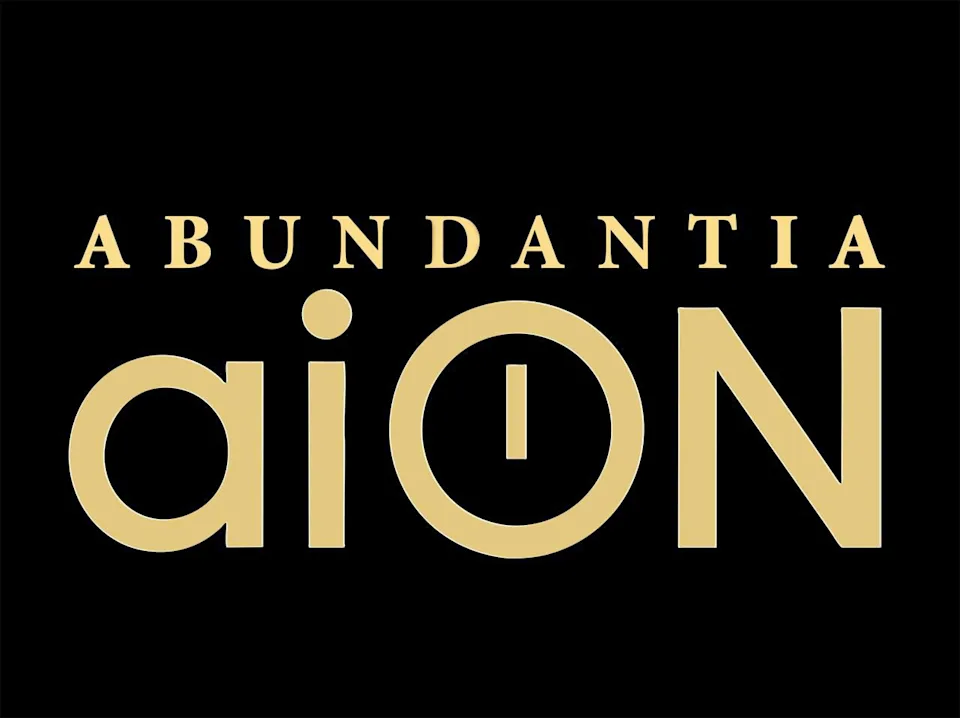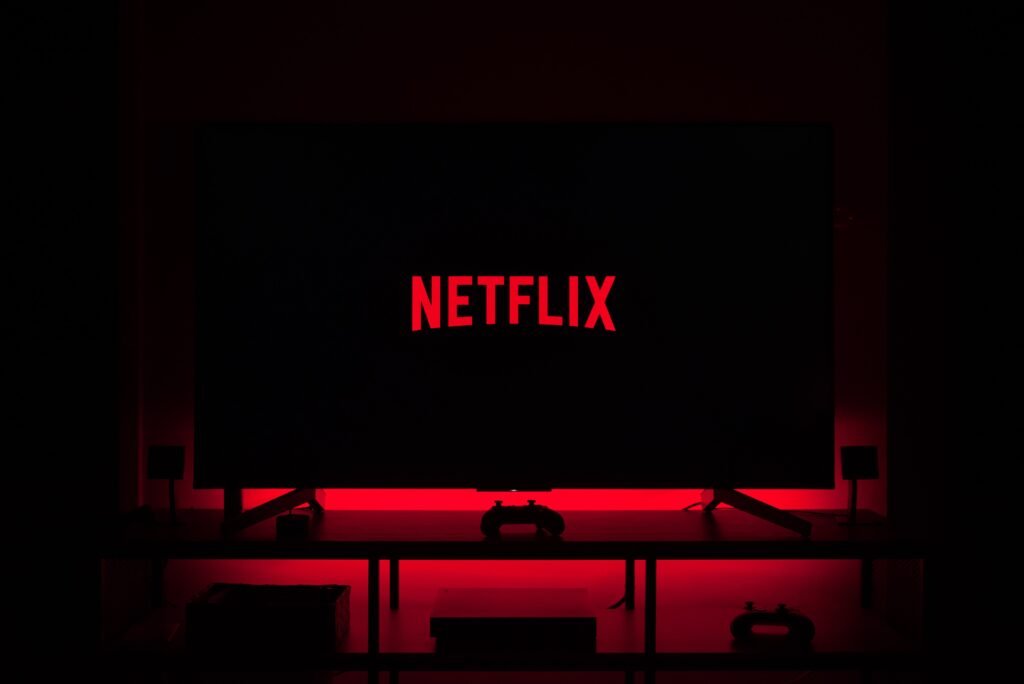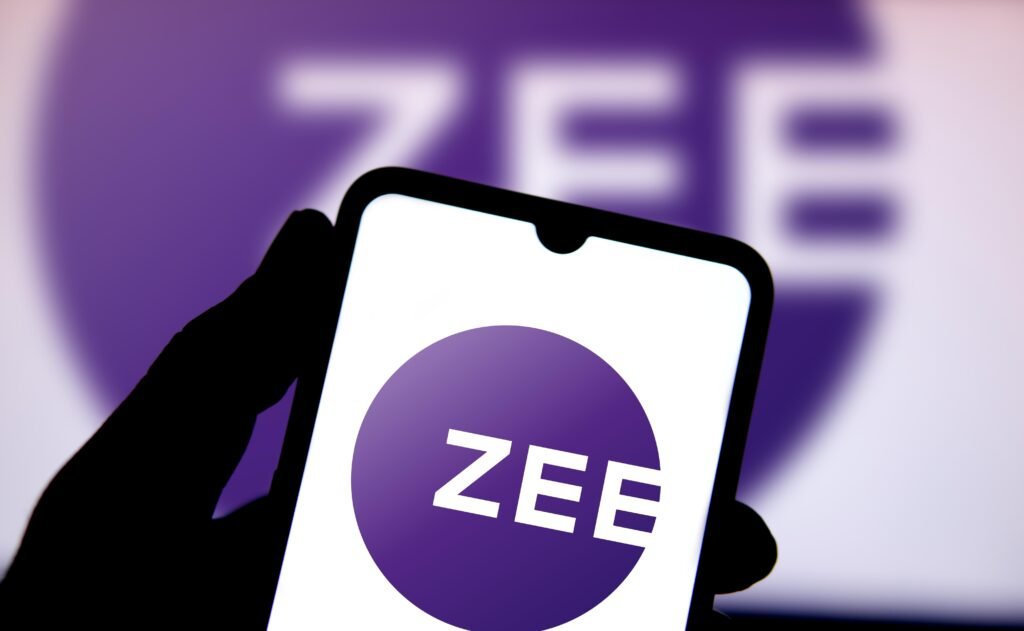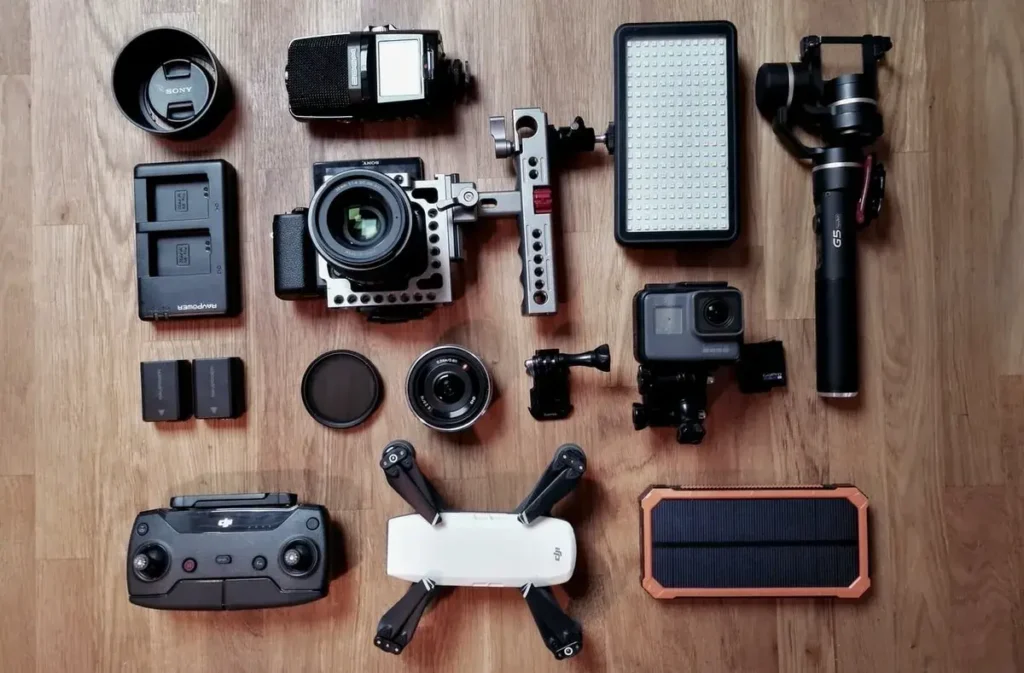Swastik Stories Unveils India’s First Cultural Storytelling FAST Channel
Swastik Stories has announced the launch of India’s first cultural storytelling FAST (Free Ad-Supported Streaming TV) channel, now available on JioTV, LG, Xiaomi TV, and RunnTV. The platform will stream ad-supported, free-to-watch content, aiming for an initial reach of over 50 million viewers across digital and connected TV networks. Famous for television hits like Mahabharat, RadhaKrishn, and Porus, Swastik Stories is expanding its legacy into the digital space with a focus on Indian history, culture, and mythology. The FAST model allows audiences to enjoy curated programming on smart TVs and devices without any subscription. The company expects to reach 90% of connected TV households by March 2026. The first original title on the channel, Hamara Vinayak, will premiere on October 31, with new 10–12-minute episodes releasing every Friday on both YouTube and the FAST channel. The short-format series is tailored for digital audiences who prefer concise storytelling. Founder and Chief Storyteller Siddharth Kumar Tewary said, “Swastik Stories is reimagining Indian culture for the digital age — bringing the wisdom of our past to every screen and every home. This launch marks not just a channel, but a movement in cultural storytelling.” The show’s presenting sponsor, 1Finance, has partnered with the series for its premiere. Drashti Thaker, AVP–Marketing at 1Finance, said the collaboration aligns with their philosophy of providing guidance and clarity, much like the show’s protagonist helps others navigate life’s challenges. Swastik Stories also announced upcoming originals such as Ride to Roots, Vikram Vetal, and Krishna Within, signaling a broader push to create a digital-first destination for Indian cultural entertainment. Source: Economic Times
Swastik Stories Unveils India’s First Cultural Storytelling FAST Channel Read More »










